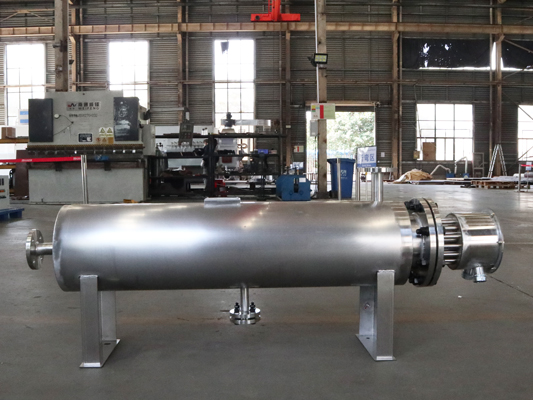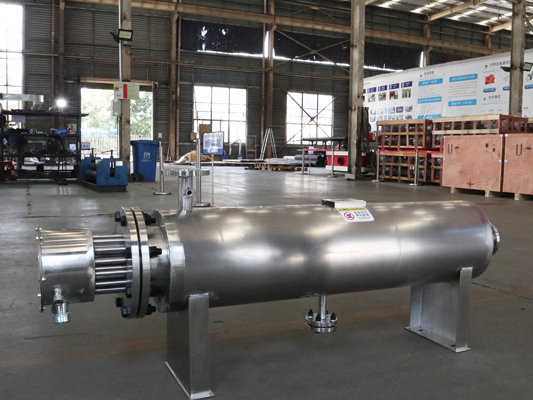
The selection of stainless steel air electric heaters should focus on three core aspects: heating requirements, environmental conditions, and safety standards, ensuring power matching, stable operation, and compliance with scenario requirements.
1. Core parameter determination: Precise matching of heating requirements
This is the first step in selection, directly determining whether the heater can meet the intended purpose.
①Calculate the required power: Based on the air flow rate, initial temperature, and target temperature, determine the power using the formula (Power = Mass air flow rate × Specific heat capacity × Temperature difference). If precise data is unavailable, refer to empirical values—for example, heating small workshops is typically estimated at 20-50W/m².
②Confirm Air Volume and Air Velocity: Air volume determines the amount of air to be heated per unit time, while air velocity affects the heat exchange efficiency of the heater. Excessively low air velocity may cause localized overheating, whereas excessively high velocity may reduce heating effectiveness, requiring matching with the duct dimensions of the equipment.
③Clarify the operating temperature range: Both the final heating temperature of the air and the temperature resistance limit of the heater itself must be considered. Ordinary stainless steel heaters typically have a temperature resistance range of 300-500°C. For higher temperatures, special materials (such as 310S stainless steel) must be selected.

2. Environmental and Scene Adaptation: Preventing Equipment Failures
Different usage scenarios impose varying requirements on the protection and structure of heaters, necessitating targeted selection.
①Protection Class (IP): For damp environments (such as bathrooms and food processing workshops), select IP54 or higher to prevent water vapor ingress and short circuits; for dusty scenarios (such as workshops and mines), enhance dustproof design to avoid dust accumulation affecting heat dissipation.
②Installation Method: Choose vertical, horizontal, or duct-mounted installation based on equipment layout. Duct-mounted is suitable for centralized air supply systems, while horizontal installation is ideal for localized heating within cabinets.
③Special Medium Requirements: If the heated air contains corrosive gases (such as in chemical workshops), stainless steel materials with higher corrosion resistance (e.g., 316L) must be selected to prevent damage to the machine body due to corrosion.
3. Safety and Additional Features: Ensuring Long-Term Stable Operation
①Safety protection device: Prioritize products with overtemperature protection (such as thermostats, fuses) and overcurrent protection to prevent fires or equipment burnout caused by excessive temperature or abnormal current.
②Temperature Control Precision: For scenarios requiring high-precision temperature control (such as laboratories and precision instrument workshops), heaters with PID intelligent temperature regulation should be selected, achieving a control accuracy of ±1°C to avoid excessive temperature fluctuations.
③Energy Consumption and Efficiency: Products equipped with high-efficiency heating elements (such as finned heating tubes, which increase heat exchange area) can enhance thermal efficiency, reduce energy consumption, and offer long-term cost savings.
If you want to know more about our product, please contact us!
Post time: Oct-27-2025




